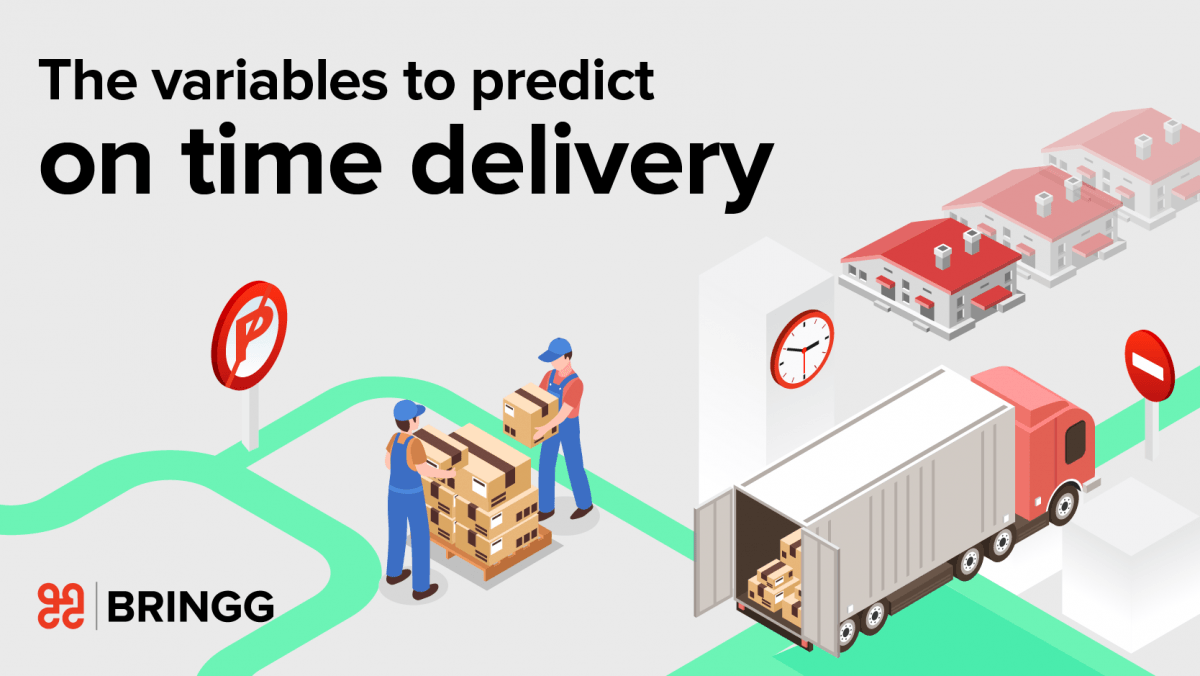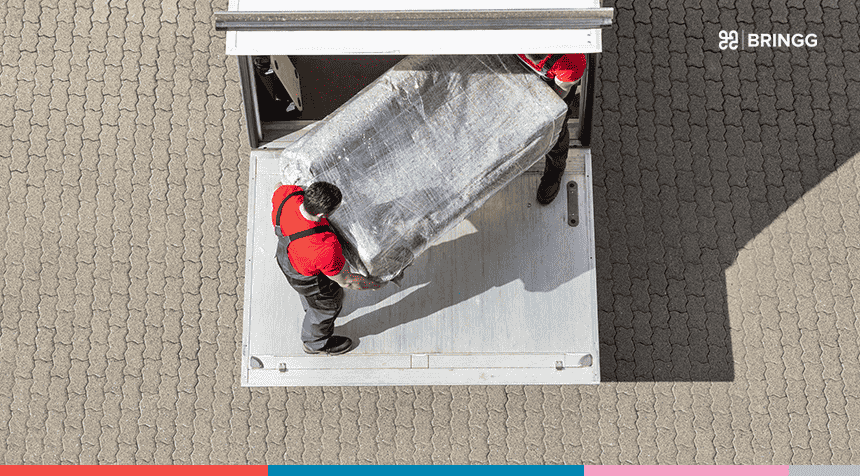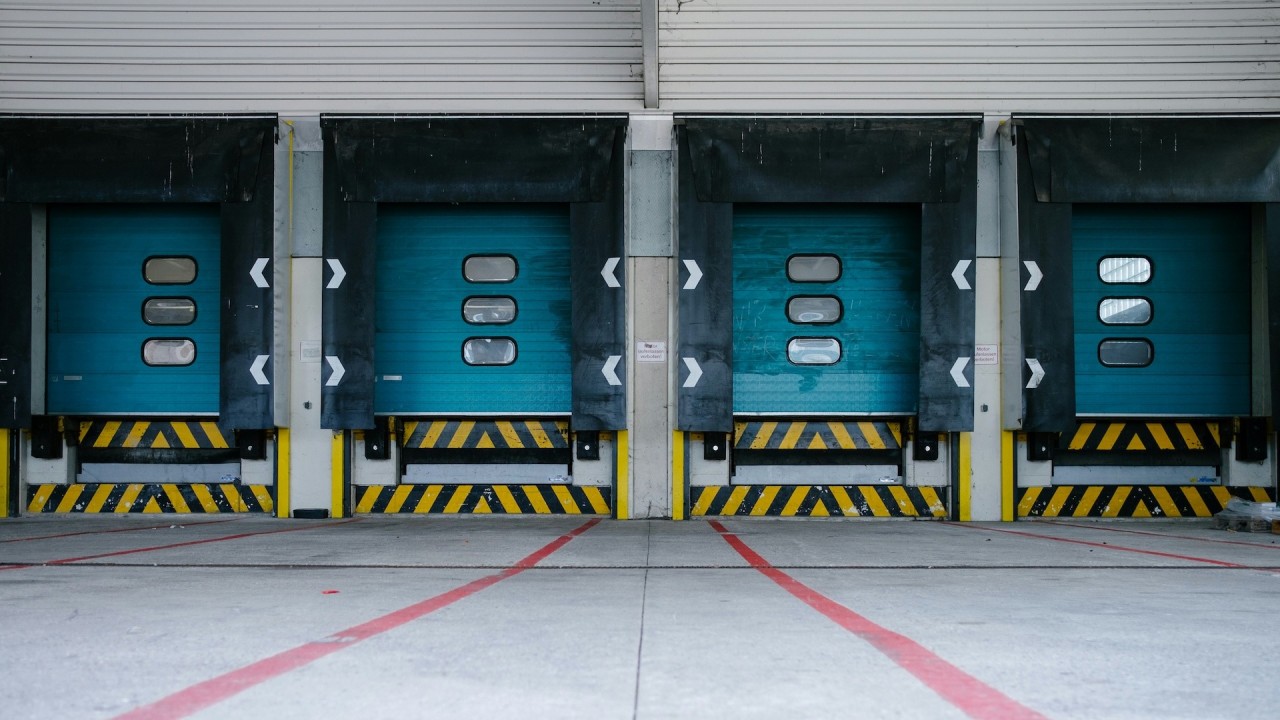Amazon and Uber Eats have created the demand for faster and more transparent deliveries. Customers today want their item delivered quickly and directly to their front door with full visibility into this process. To meet these expectations, delivery providers need to move away from pen and paper and look to automate the scheduling and routing of these deliveries, thereby improving their overall delivery operations.
eCommerce ecosystems are complex and orchestrating deliveries require the understanding of the many moving pieces as they play a significant role in determining fast and on-time delivery. As such, it is critical that technology be seen as an aid and not a complication. The demand for a more consistent customer experience propels delivery providers such as FedEx and UPS to search for new technology to meet these needs. And, while the industry continues to evolve, there are many different technologies available to help automate their operations.
Automating delivery operations can expand to many parts of the process, but from the customer perspective, it begins with delivery scheduling, providing a customer with a delivery window to receive their item. There are many factors involved in providing a customer with a delivery window and today, providers are pressured to give shorter, more accurate delivery windows. However, as delivery strategy evolves so do the different components that need to be factored into delivery times. While the actual delivery drive may be calculated at 8 minutes, often times, a driver can circle an area looking for parking or be forced to park far from a delivery address adding to the time-on-site. This is often the case in densely populated areas or in a downtown core during rush hour causing significant delays to their run, and friction on delivery.
How Bringg Tackles Delivery Challenges
At Bringg, we don’t just look at logistics as siloed components of delivery, we look to understand the processes and data of each moving piece. As such, we began to analyze deliveries fulfilled by Bringg in major cities around the world. By gaining access to and synchronizing data from multiple platforms such as inventory, driver capabilities, fleet resources and location, we are able to orchestrate the optimal delivery experience.
In analyzing each step of this process, we can provide the most accurate window to the customer including predicting time-on-site based on the item being delivered, driving time and even the time it takes to find parking. Aggregating all the data through our orchestration platform allows us to use a series of what if scenarios to enrich the data and allow machine learning to output the best possible delivery scenario based on accuracy and efficiency.
Today, city streets are densely populated, riddled with more delivery trucks than ever. Understanding traffic patterns and parking become important variables in affecting on time delivery. With technologies like geofencing and sensors in mobile phones, our technology is able to understand how long it takes a driver to look for parking before delivering the product to the customer’s door. From the data analyzed, we can separate drive time versus parking time. This data is then utilized by our platform to increase the accuracy in the delivery window we provide.
Once we analyze the time it takes for a driver to look for parking, we automatically calculate the length of the delivery window to better predict or even offer alternative delivery times. Being able to understand traffic density in a city during rush hour can help delivery providers make more accurate decisions on their delivery windows. As cities become more densely populated and as deliveries continue to rise, providers will require more real-time data than ever before to make data-driven decisions that will determine their ongoing success.
Data Intelligence is integral as logistic providers need to better understand their delivery landscape. By introducing an orchestration layer capable of understanding data such as time to park and being able to apply it to all systems to create an accurate delivery window, allows businesses to leverage its data by automating delivery and connecting and digitizing its entire supply chain.
Learn more about how delivery orchestration is helping enterprises succeed with smart supply chains.



